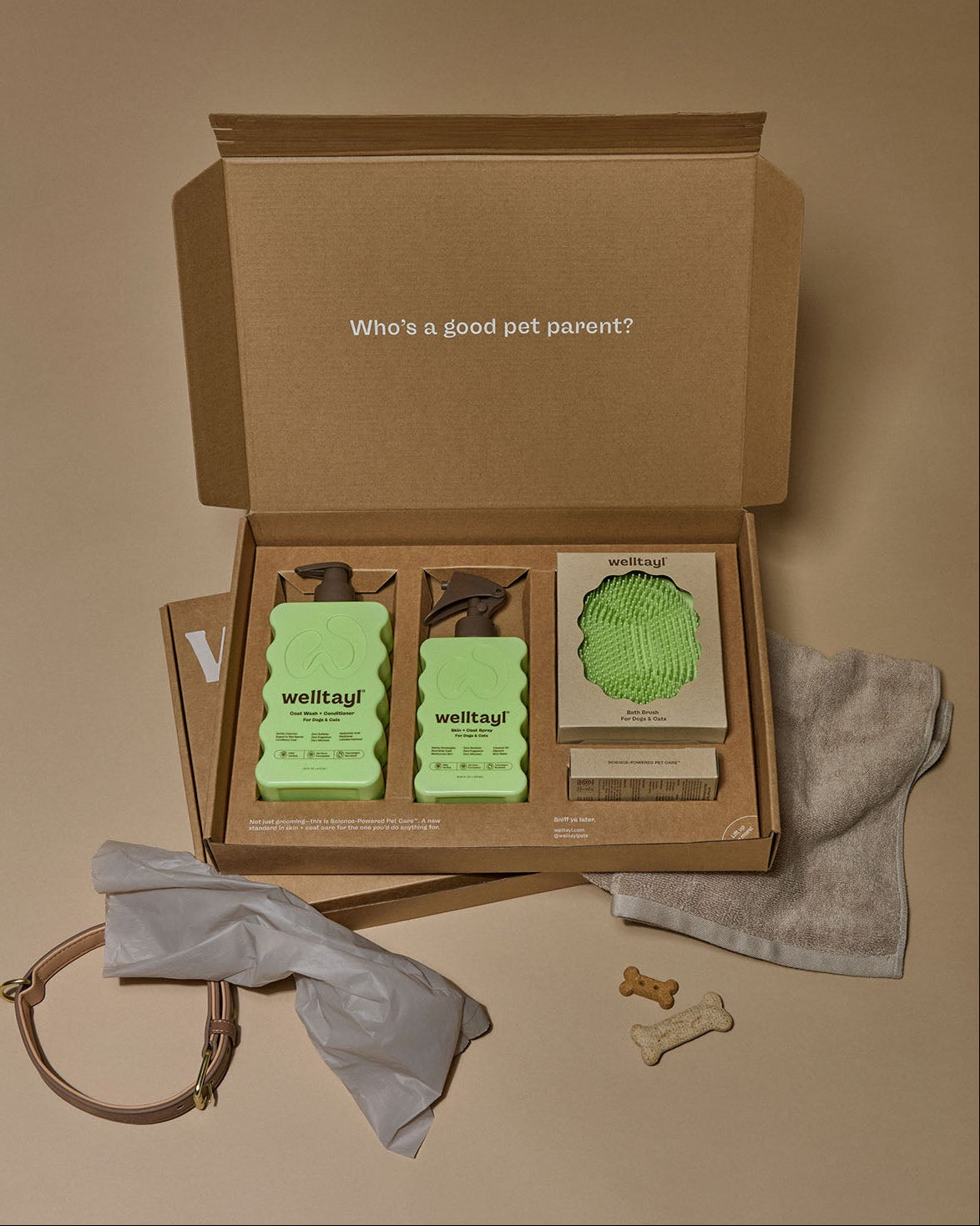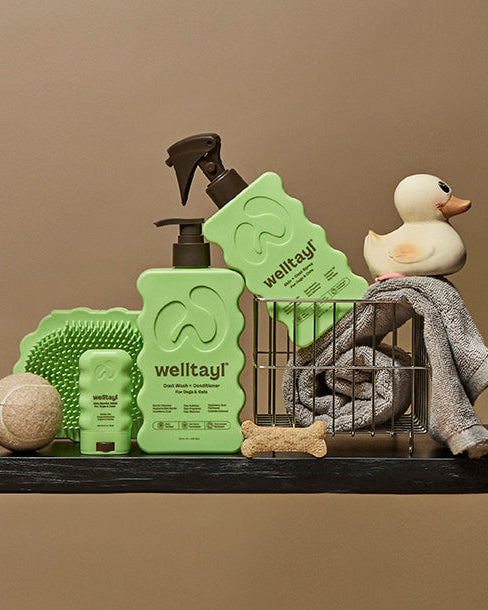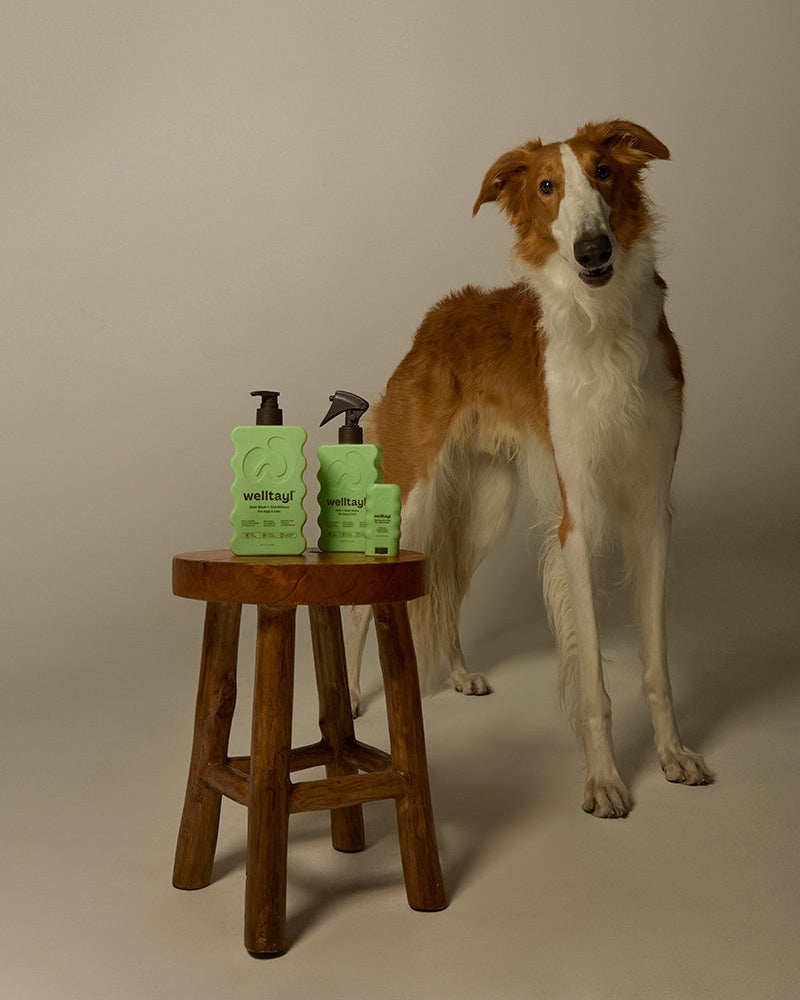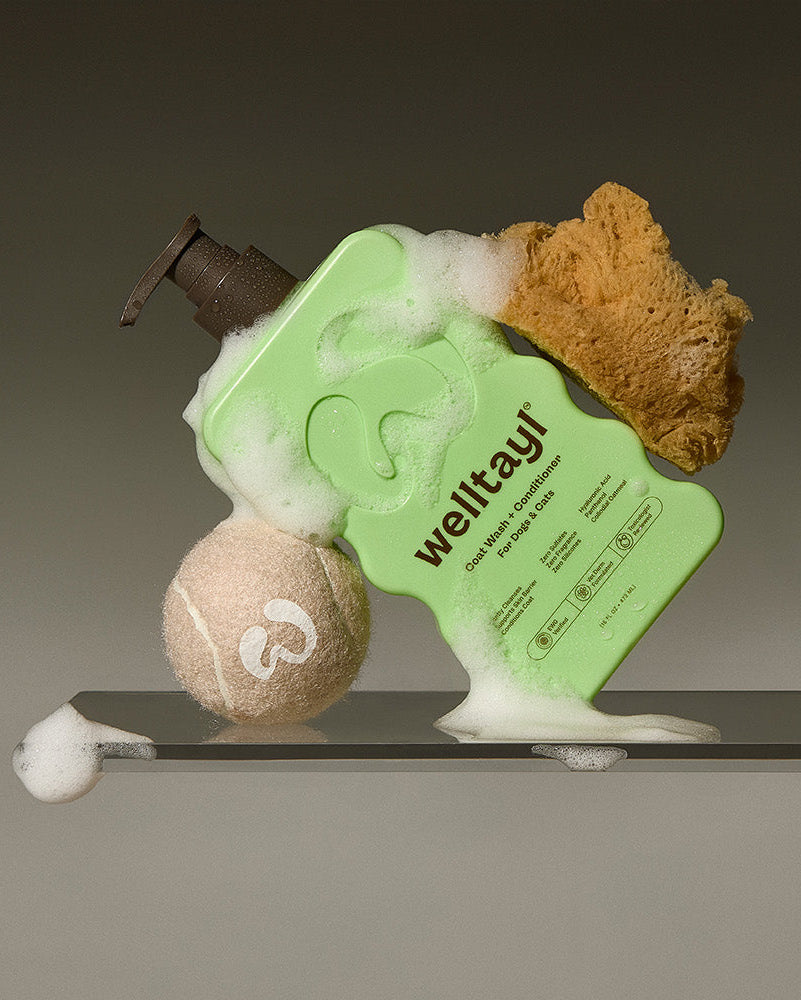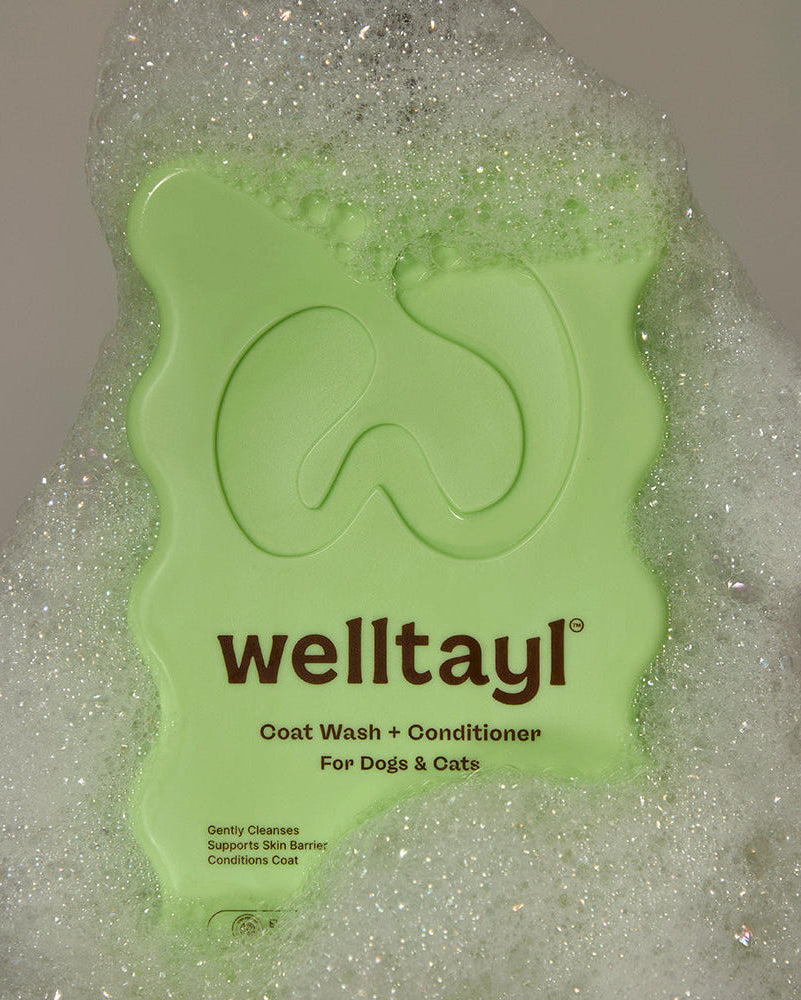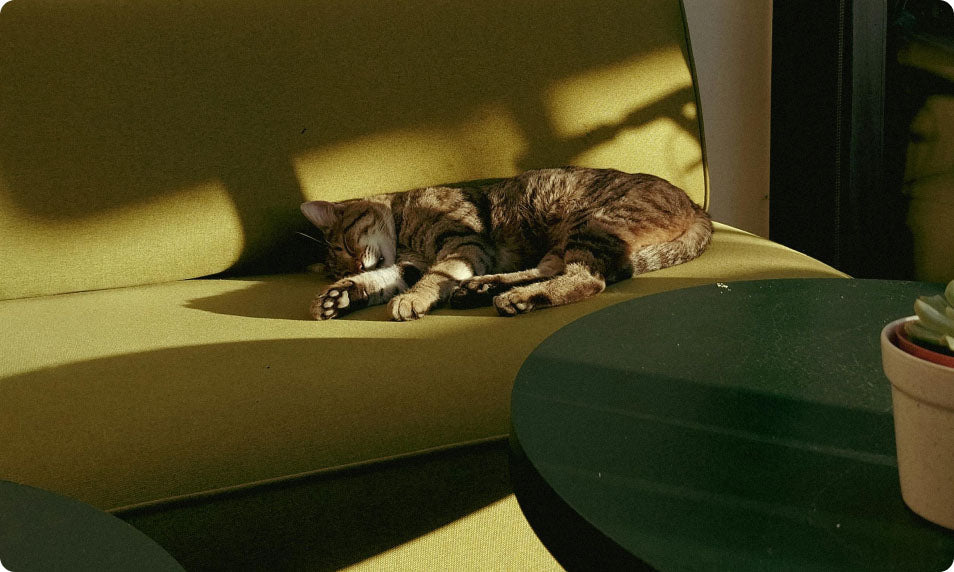Just like you might get a nasty sunburn after a long day in the sun, your cat can too! Yes, even cats, those mysterious creatures who love lounging in sunny spots around your house, can suffer from the effects of too much sun exposure. While their thick fur offers some protection, areas with less fur like ear tips, faces, and tummies are vulnerable to harmful UV rays.
You might think that indoor cats are safe from the sun's dangers, but UV rays can come through most home windows , potentially leading to skin damage or even skin cancer. Recognizing the signs of sunburn in your cat and knowing how to protect them is crucial, especially if they enjoy basking in the warm glow of the sun.
So, let’s dive into understanding how to keep both indoor and outdoor cats safe from sunburn, ensuring they remain healthy and happy.
Table of Contents:
- Key Takeaways
- Factors Increasing Sunburn Risk in Cats
- Symptoms of Sunburn in Cats
- Preventing Sunburn in Cats
- Treating Sunburn in Cats
- Conclusion
- Frequently Asked Questions
Key Takeaways
- ☀️ Susceptibility to Sunburn: Cats, just like humans, are vulnerable to sunburn, particularly on areas with sparse fur coverage such as the ears, nose, and belly. Cats with white fur and hairless cats are also more susceptible. Both indoor and outdoor cats can suffer from sunburn, emphasizing the need for protective measures.
- 🔴 Symptoms of Sunburn: Key signs of sunburn in cats include redness, inflammation, scratching, and visible discomfort in the affected areas. Recognizing these symptoms early can help in providing timely treatment and preventing complications like skin cancer.
- 🛡️ Preventive Measures: To protect cats from harmful UV rays, apply feline-specific sunscreen on exposed areas, provide shaded outdoor enclosures, and use UV-blocking window films for indoor cats. Also, keeping cats indoors during peak sunlight hours (10 am to 4 pm) can significantly reduce sunburn risks.
- 🐾 Vulnerable Cat Breeds: Certain cat breeds, such as hairless cats and those with very light or sparse fur, are more susceptible to sunburn. These breeds require extra vigilance and protection against sun exposure.
- 🧴 Effective Treatment: For cats that do get sunburned, immediate first aid includes removing them from sun exposure and applying cool compresses. Severe cases should be addressed by a veterinarian, who may prescribe pain relief and antibiotics.
- 🏥 Long-Term Health Impacts: Chronic sun damage can lead to conditions like squamous cell carcinoma, especially in the areas most exposed to the sun. Regular monitoring and protective measures are crucial for reducing these long-term risks.

Can Cats Get Sunburned?
Yes, just like humans, your feline friends can also get sunburned. Understanding the risks and symptoms of sunburn in cats is crucial for their health and well-being.
Understanding Solar Dermatitis in Cats
Solar dermatitis, commonly known as sunburn, occurs in cats due to excessive exposure to ultraviolet (UV) radiation. This condition isn't limited to outdoor cats; even those who lounge inside may be at risk if they spend too much time sunbathing near windows. Certain areas of a cat's body, such as the ears, nose, and stomach, are particularly vulnerable due to thinner fur coverage.
Symptoms of Solar Dermatitis in Cats
The symptoms of solar dermatitis in cats include:
- Red, inflamed or scaly skin
- Constant scratching, particularly around the skin and ears
- Bumps, blisters, or lesions that may appear over time
- Visible discomfort or pain when touched in affected areas
- Swelling of body parts like eyes and paws
- Compulsive licking or scratching of the affected areas
Recognizing these signs early can help prevent further complications, such as skin infections or even skin cancer.
Causes of Solar Dermatitis in Cats
Cats develop solar dermatitis due to several factors:
- Extended sun exposure, which increases UV radiation absorption
- Physiological traits such as having a thin epidermis or less subcutaneous fat, enhancing their skin’s vulnerability to sun damage
- Higher susceptibility in cats with light or white-colored fur, hairless cats, and those with sparse fur areas
Preventive measures include providing shaded areas for outdoor cats and using UV-blocking window films for indoor cats to minimize their UV exposure.
Factors Increasing Sunburn Risk in Cats
Cats, just like us, can suffer from sunburn, particularly in areas with sparse fur. Understanding what increases their risk can help you protect them better.
Cat Breeds Most Susceptible to Sunburn
Certain cat breeds are particularly vulnerable to sunburn. Hairless cats, such as the Sphynx and Bambino, lack the protective fur that helps shield their skin from harmful UV rays. Similarly, cats with very light-colored coats or sparse fur, such as white or pale ginger cats, are at higher risk. These breeds lack sufficient melanin, which helps protect skin from sun damage. It's important to monitor these cats closely for signs of sunburn, especially if they enjoy lounging in sunny spots.
Common Sunburn Areas on Cats
The most common areas cats get sunburned are those with the least fur coverage. This includes the ears, nose, and the belly. These areas are more exposed to direct sunlight, making them vulnerable to UV damage. Particularly for cats who love basking in the sun, these exposed parts can quickly become red and irritated without proper protection.

Symptoms of Sunburn in Cats
Understanding the signs and long-term effects of sun exposure is vital to keeping your feline friend safe and healthy. Let’s dive into the symptoms of sunburn in cats.
Recognizing Early Signs of Sunburn
Identifying early signs of sunburn in cats can save them from potential pain and more severe health issues. Initially, you might notice areas of redness and irritation on your cat’s skin, particularly on the ears, nose, and belly—places where fur is less dense. The skin might feel warmer than usual in addition to appearing visibly irritated. Your cat may show increased sensitivity when you touch these areas or might start scratching excessively, which, if ignored, can lead to further complications such as skin ulcers and infections. Watch for scaly, thickened patches of skin or hair loss around the edges of the ears, as these signs often precede more severe symptoms.
Long-Term Effects of Sun Exposure
Prolonged sun exposure without protection can lead to chronic conditions, including squamous cell carcinoma, a type of skin cancer. This type of cancer commonly develops in the sparsely haired areas exposed to the sun, like the ears and nose. Over time, you might observe persistent scabs or wounds that do not heal, indicating potential cancerous growth. Continuous monitoring and protection against sun exposure can significantly decrease these risks. Keeping your cat out of direct sunlight during peak sun hours and applying feline-formulated sunscreen on vulnerable areas are effective preventive measures.
Stay Informed!
Don't miss out on crucial tips for your cat's health and wellness—sign up for the Welltayl newsletter today! You'll get all the latest information, care tips, and much more. Imagine it: You could learn how to make sunny days safe and fun for your pet all from your inbox.
Preventing Sunburn in Cats
As you already know, safeguarding your cat from sunburn is paramount, especially during those extra sunny days. Here are effective ways to protect your cat from the harmful effects of UV rays and keep them safe and comfortable.
The Role of Sunscreen for Cats
Applying pet-formulated sunscreen forms a critical part of protecting your cat's sun-sensitive areas. Select sunscreens that are specifically formulated for cats, avoiding products containing zinc oxide or salicylates, as these can be toxic if ingested. Apply a thin layer to their ear tips, nose, and any area with sparse fur–but make sure they don't lick it off! Distract them after application with some snuggles or treats so the product has time to absorb into the skin and do its job.
Strategies to Minimize Outdoor Exposure
Managing your cat’s outdoor time significantly reduces their risk of sunburn. Keep your cat indoors during peak UV hours, typically between 10am and 4pm. If they need to go outside, ensure there are ample shaded areas where they can relax away from direct sunlight. Structures such as catios (outdoor cat enclosures with a cover) provide a great solution, allowing your cat to enjoy the outdoors safely. Furthermore, placing UV film on windows can protect indoor cats by blocking harmful rays that come through windows, ensuring they are shielded even during leisurely sunbathing on window sills.
Stay Informed with Welltayl’s Newsletter
For more insights and tips on keeping your pets healthy and happy, join the Welltayl newsletter! It's packed with expert advice tailored to help you look after your pets . Subscribe today, and let us help you ensure they lead a safe and joyful life.
Treating Sunburn in Cats
After taking precautions, if your cat still manages to get a sunburn, it's crucial to know the steps for treating it effectively. Read below for guidance on first aid and knowing when a vet's assistance might be necessary.
First Aid and Home Care
Alleviating your cat’s discomfort starts with gentle first aid and home care. If you notice sunburn on your cat, the first step is to remove them from the sun immediately to prevent further damage. You can gently mist the affected area with cool water or apply a cold compress, but avoid applying ice as it can cause further damage.
Keep your cat indoors and in a cool place, especially during the midday when the UV rays are at their strongest. Providing a quiet, shaded spot will help your cat feel comfortable while recovering. Moreover, monitor your cat’s affected skin for signs of healing versus worsening conditions and ensure that they are hydrated, as water plays a crucial role in skin repair.
When to See a Vet
While minor sunburns can often be managed at home, certain signs necessitate a trip to the veterinarian. If you observe severe symptoms, such as deep red or white skin, blisters, significant peeling, or if the sunburn covers a large area of the body, professional medical treatment is required. Additionally, if your cat shows signs of pain like whimpering or reluctance to be touched, or if there are changes in behavior, such as lethargy or loss of appetite, it's time to see the vet.
Vets can provide treatment that may include pain relief, antibiotics to prevent or treat infection, and other supportive care. Remember, treating sunburn promptly can prevent potential complications, like skin infections or more severe skin conditions.
Conclusion
Protecting your cat from sunburn is an essential aspect of pet care especially if your cat loves basking in the sun. By applying feline-formulated sunscreen you can significantly reduce the risk. Always remember to provide plenty of shade and consider UV film for your home's windows to safeguard indoor cats. Should sunburn occur, prompt and careful first aid is vital to alleviate discomfort and prevent further damage. Make sure to monitor your cat's recovery, and don't hesitate to seek veterinary care if symptoms escalate. Taking these precautions will help ensure your cat enjoys the sunshine safely.
Frequently Asked Questions
What can I put on my cat's sunburn?
To treat your cat’s sunburn, immediately cool the affected area with a cool, damp cloth. For more severe cases, a veterinarian may prescribe pain relief medication or antibiotics to prevent infection. Always use products formulated for cats to ensure safety.
Why can't white cats go outside?
White cats, with their lighter fur and skin pigmentation, are more susceptible to sunburn and subsequent skin cancer. Minimizing their exposure to direct sunlight by keeping them indoors or in shaded areas can help protect them.
What does a sunburn on a cat look like?
Sunburn in cats usually appears as redness, inflammation, or flaking of the skin, especially on areas with sparse fur like the ears and nose. These areas may also become tender and cause discomfort to your cat when touched.
Can cats get sick from the sun?
Yes, cats can suffer from chronic skin inflammation, known as solar dermatitis, resulting from prolonged sun exposure and UV damage. This can predispose your pet to skin cancers. Protecting your cat from excessive sun exposure is crucial.
Why do cats sit in the hot sun?
Cats seek sunlight to maintain their high body temperature and regulate their core temperature, especially during their long daytime naps. Sunbathing helps them maintain a comfortable body temperature and can be pleasurable for them.
Resources:
- “Squamous Cell Carcinoma and link to sun exposure," SAGE Journals
- “Predisposition to sun-related skin issues in white cats," PubMed
- “Sunburn in cats," SAGE Journals
- “Solar Dermatitis management in cats," VIN
Read more
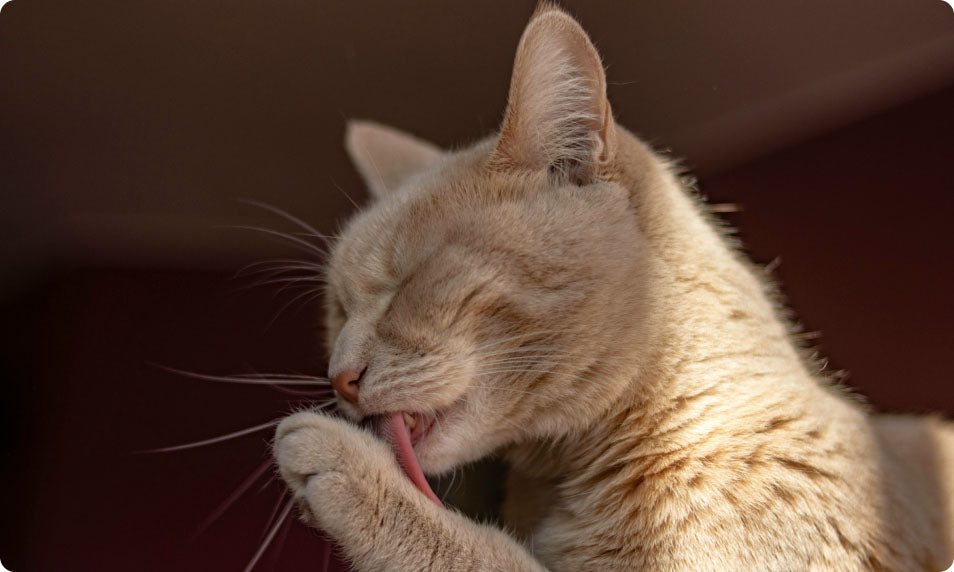
Discover the ultimate guide to cat cleaning. Learn step-by-step tips for grooming, including brushing, bathing, and nail care. Ensure your cat stays healthy and happy!

Discover the best dog brushes for every coat type. Learn which brush suits your dog's needs and improve their grooming routine. Read now!

